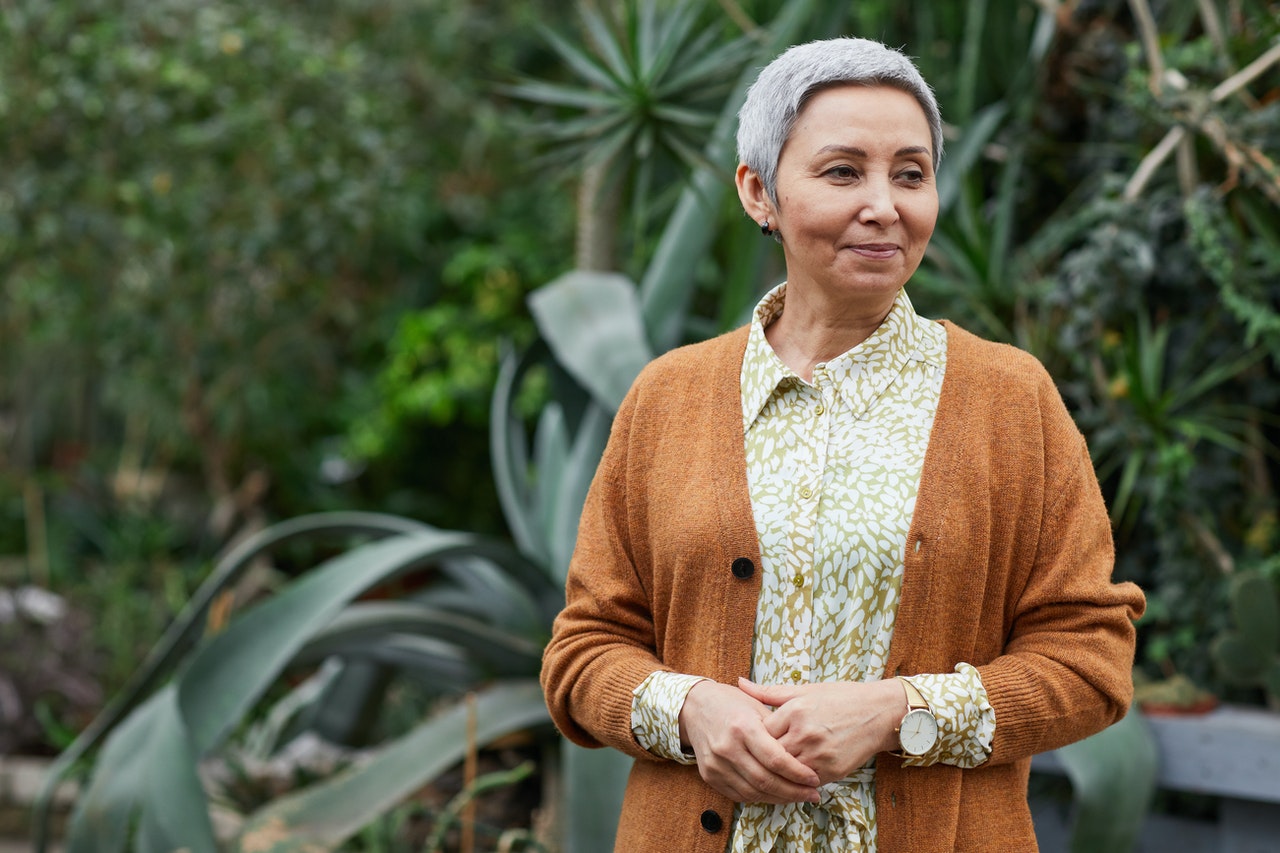Senior adults, especially those taking assisted living services, can be prone to depression and other mental health issues due to their decreased independence. As thankful as they are to their caregivers, many of them surely wish to be able to do the things they used to perform without help. Luckily, a simple activity still suits their mobility, and people of all ages can do it with little help: home decorating.
An elderly’s home should be a restorative space. But due to the modifications installed for their safety, the restorative quality of their homes can get compromised. Everywhere they look, there are unappealing supplies and equipment, like handrails and walkers. Those items can create a mess, causing more stress on the elderly.
But they don’t have to put up with such a cluttered space. Seniors can be completely safe in their homes without their essentials in the way. If you’re worried that home decorating will affect an elderly’s home badly, here are the reasons it’s actually the opposite:
1. Wall-to-wall Carpets Enhance Safety and Comfort
Area rugs, though pretty, can be trip hazards to seniors because of the seams they create on the floor. If removing them still makes the floor unsafe, consider installing wall-to-wall carpets. The task, of course, requires professionals, unless you yourself can install them for your elderly patient or family member. Install them on stairs and other areas where the senior adult frequents. Wall-to-wall carpets will give them a softer surface to walk on, reducing their safety concerns while moving around the house.
2. Certain Paint Colors Evoke Optimism and Relaxation

If the senior adult’s home is looking too drab or too bold, it could definitely use a new coat of paint. Keep your option to calming colors like beige, sage green, creamy caramel, and other earthy and neutral tones. If you’re also repainting their bedroom, change the bedding as well to match the new aesthetics of the room.
Shades of yellow are also good in a senior’s home. The color is reminiscent of the sun. As such, it boosts moods and creates a sense of optimism. Blue is another good color choice because it emits tranquility, which helps make a senior’s bedroom more relaxing.
3. Personal Possessions and Collections Bring Back Good Memories
A senior adult has collected many decorative items throughout their life. If they’re displayed all over the house without a particular order, ask if they’re up to the task of reorganizing them. Assemble all the items and let them tell the stories behind each object. Ask for their photo collections as well, and display those, too. Let the elderly decide where to place each photo and decorative item. They’ll surely appreciate you for letting them take control of redecorating their space. What’s more, they can immerse themselves in happy memories while doing the task.
4. Textures Create a Sense of Comfort

Textures are essential in every space. They add dimension and comfort. In humans, textures satisfy the primeval need to be touched and held when distressed. This sense of comfort is beneficial for seniors who are feeling lonely because of being far from their families.
5. Brighter Lights Preserve Optimum Brain Function
Dim lights can change an elderly’s circadian rhythm, potentially leading to delirium or cognitive confusion. To avoid those, brighten the lights in their home, and install ambient lighting, task lighting, and mood lighting. These three types of light fixtures will make their home more functional and beneficial for their brain.
But the most important light in a home is none other than sunlight. Allow as much natural light in the home as possible. If the glare affects the elderly’s vision, install blinders to filter out the light. It will also help in reducing the heat.
6. Organic Elements Remind of Life Outdoors
Because of a senior’s limited mobility, it might’ve been a while since they last went on a trip to nature. To compensate for their decreased outdoor exposure, their home needs indoor plants and other organic elements, like wooden furniture and natural-themed decorations. Organic elements help the eye rest and make the elderly feel engaged with the outdoors.
7. Decorations That Reflect Their Tastes Create the Ultimate Healing Space
Many homes’ interior styling is either a reflection of someone else’s taste or a generic taste based on market analysis. The latter tends to be the case in newly-built homes for sale, or possibly in nursing homes too. If the senior is surrounded by decorative items they don’t like, they may not feel that they belong in that space and that the space belongs to them.
So let the elderly choose what colors, ornaments, textures, and accessories make them happy. Decorating their abode allows them to exercise their creativity, and to distract themselves from loneliness and their health concerns. The activity doesn’t necessarily demand too much physical effort anyway, so you don’t have to worry about anything.
